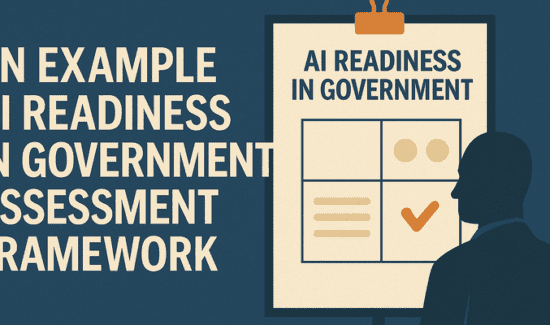Usefull Tips for BYOD and the Classroom


The Center for Digital Education provides a bit of advice suggesting 5 things to think about when considering a BYOD program in schools. The first suggestion seems to be an obvious one but some people might be surprise. “Take time to plan and test, don’t rush in”. Just saying you want to start a BYOD program and jumping right in will simply lead to confusion, security threats and counter productivity. They write “Parents have to be informed, instructional goals must be set, and schools need to figure out how to handle the initiative when not every student’s family can afford devices or broadband access.”
They suggest beta testing the BYOD program on a small scale first, but do so with an administrator or principal who is excited about the initiative. Place testing responsibility with someone who is vested and truly interested in seeing the program succeed. The article states that implementers need to “Focus on the instructional difference”. BYOD programs should not be implemented just for the sake of doing so. They should have an impact on the learning process and that, “The ones that are really focusing on how can this make a difference for instructional purposes are the ones that are going to see the biggest impact.”
Education and the tools used to educate should be present on a level playing field. When it coming to BYOD technologies that might not be the easiest thing to do due to economic factors. Not everyone will be able to afford the technologies needed to take advantage of a program like this so the Center for Digital Education suggests creating an equity strategy. “If you’re going to allow a BYOD strategy and assume that it’s going to be used for instructional purposes, either at school or at home, you need to have a strategy to help kids that don’t have it or can’t afford it. Starting one without that sets you up for possible lawsuits or possible criticism in the media that you’re just benefiting more affluent kids.”
Their last suggestion is to over provision your wireless network. BYOD means more devices, more devices mean more network activity, and increased network activity will lead to lags in connectivity and loss of bandwidth. Create an infrastructure that will support a larger then expected device population, other wise the devices become useless and the program will never achieve desired results. “If you were building out a network today, and you want that network to last for say even three years, then build out 10 times more capacity today than you think you need,” We would also add that there should be a focus on the security or the devices, the information they can access and how they are utilized. You should evaluate all your Mobile Device Management (MDM), Mobile Application Management (MAM) or Enterprise Mobility Management (EMM) and determine what type of management and security fits best for your environment. Click here to read the entire Center for Digital Education article.



